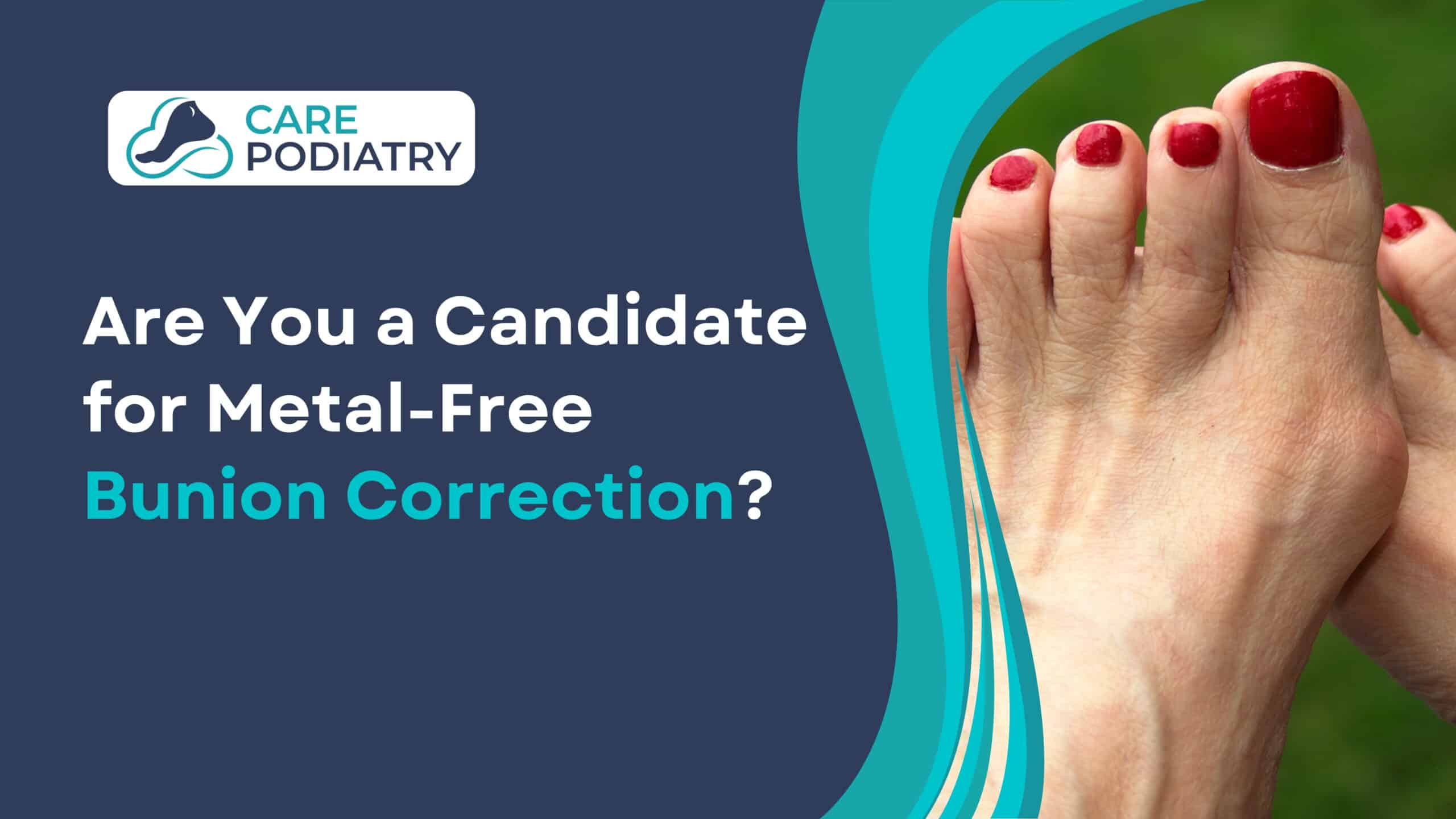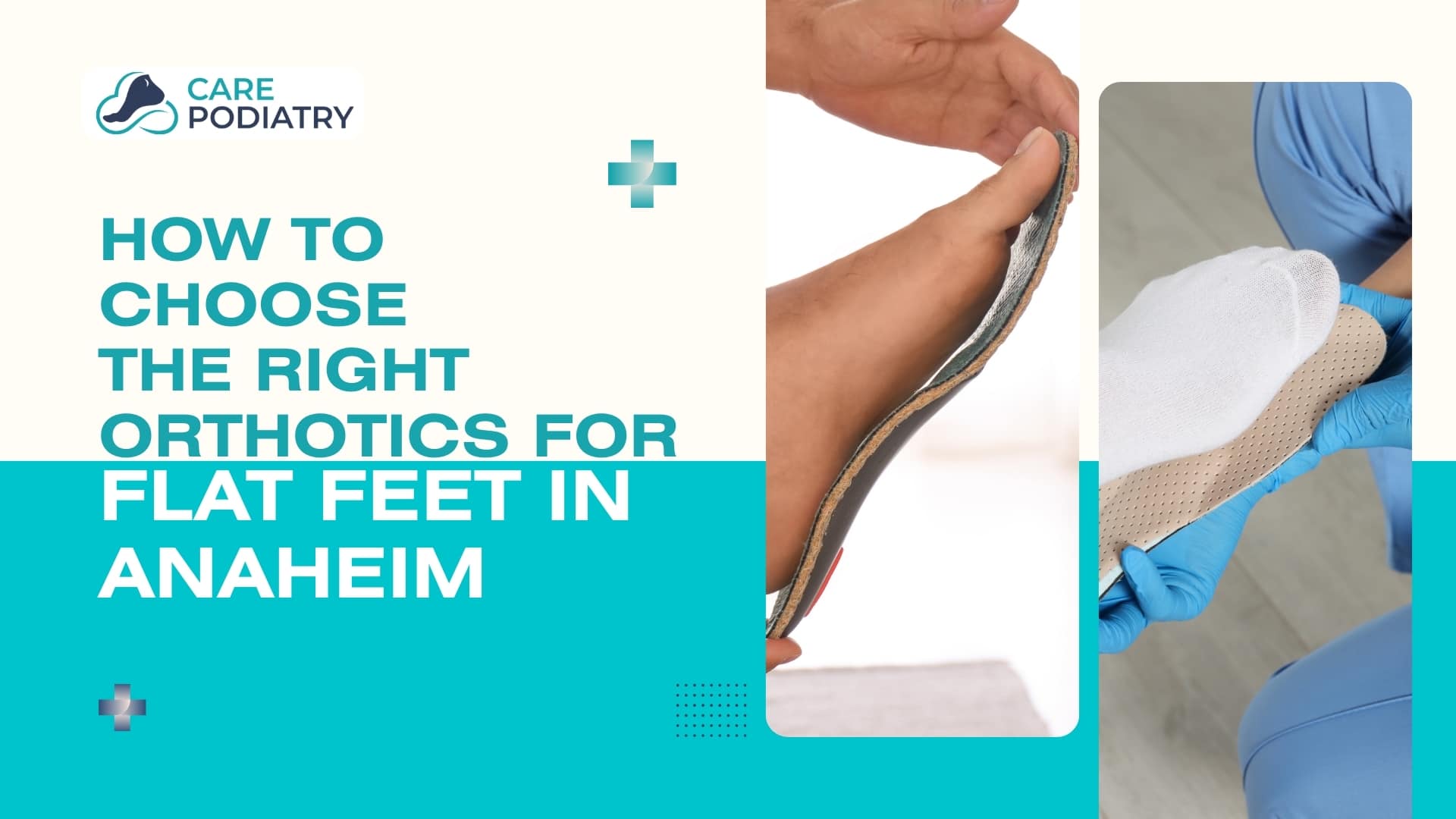Do bunions make it hard for you to move around? If you’re researching possible treatments, you may find that metal-free bunion correction provides many benefits. This new method is gentler and doesn’t use metal screws or plates. Yet, entrepreneurship doesn’t suit everyone.
You can learn from this blog who meets the requirements, who does not, and what is involved. If you’re curious about whether you can benefit from acupuncture for your feet, the first thing to do is see if you qualify.
Understanding Metal-Free Bunion Correction
In metal-free bunion correction, the surgery aligns the foot without using metal hardware held in place with screws. Instead, the process depends on nature to heal and sometimes utilizes special materials that dissolve gradually. This way of surgery helps avoid allergic problems, difficulty moving, and more operations being required.
In traditional bunion surgery, hardware is sometimes used, and it may create issues that require another surgery to remove it. These approaches try to restore foot movement in a more natural way to provide long-term comfort to adults whose activities require healthy feet.
Who Is the Ideal Candidate?
If you’re dealing with bunion pain and want a natural healing process, metal-free correction may be right for you. It’s best suited for individuals with mild to moderate bunions who live an active lifestyle and prefer long-term comfort.
- You have a mild to moderate bunion deformity
- Your bunion pain affects your daily life or mobility
- You’re in overall good health
- You want to avoid long-term implants
- You have no known foot bone deformities beyond the bunion
- You are active and value foot flexibility
Regularly doing this exercise helps people who walk or run, as it supports the joint’s natural movement. It’s a good choice for anyone who doesn’t want to carry a foreign object in their body for a long period.
Who Is Not a Good Candidate?
In some cases, metal-free removal of bunions isn’t suitable. Some complex foot issues or health conditions can require using a different approach for proper correction and lasting results.
You may not qualify if:
- You have diabetes-related foot complications
- Your bones are fragile due to osteoporosis
- You have foot infections or poor blood circulation
- You have rheumatoid arthritis or other systemic inflammatory conditions
In these cases, traditional methods with hardware may offer more stability. It’s always best to undergo a full foot and ankle evaluation to determine your options.
How a Podiatrist Decides Eligibility
At clinics like Care Podiatry, your podiatrist will start with a detailed exam. This includes:
- X-rays to assess the structure of your foot
- Gait analysis to see how you walk
- Questions about your lifestyle, health, and goals
- Review of any past foot injuries or surgeries
Your surgeon will then recommend the best course of treatment based on your unique foot structure and how much the bunion is affecting your daily life.
Benefits of Choosing Metal-Free Surgery
If you qualify, here are the top reasons to consider this surgery:
- Lower risk of allergic reaction
- Faster recovery time in many cases
- Preserved foot movement, ideal for active adults
- No second surgery needed to remove metal hardware
- Reduced post-surgical stiffness or discomfort
Studies show that many patients recover faster and return to activity sooner with this modern technique compared to traditional hardware-based methods.
While the benefits are many, it’s important to have realistic expectations. The surgery will realign your foot, but healing takes time. You’ll need to follow post-op instructions closely. Wearing proper footwear after surgery also plays a key role in preventing bunion recurrence.
What Recovery Looks Like
Most patients can start walking within a few days to a week, sometimes with a surgical shoe. Physical therapy may be recommended to help regain strength and movement.
Full recovery usually takes 6 to 8 weeks. However, each case is different, and your podiatrist will guide you through every step. Since there’s no hardware to remove, you won’t need a second surgery, which speeds up your return to normal life.
Patient Lifestyle Considerations
Metal-free correction is especially beneficial for:
- Runners and athletes
- Nurses, teachers, or professionals who stand all day
- Parents or caregivers who need to stay on their feet
- People with mild metal sensitivities
- Patients who prefer natural healing processes
If your daily life requires flexibility and comfort, this method could be the better long-term solution.
Conclusion
Metal-free bunion correction offers a safer, more natural path to healing. If you’re an active adult with a mild or moderate bunion, you may be a great candidate. It eliminates hardware concerns, supports joint movement, and speeds up recovery. The best way to know if it’s right for you? Visit a qualified podiatrist.
Ready to take the next step toward pain-free movement? Schedule your consultation with Care Podiatry today and find out if metal-free bunion correction is right for you!
Frequently Asked Questions
Who is not a candidate for bunion surgery?
People with severe health issues, poor blood flow, or serious foot infections may not qualify. Also, those with uncontrolled diabetes or brittle bones may face higher risks and are better suited to non-surgical treatments or specialized care.
Do I qualify for bunion surgery?
You may qualify if your bunion causes pain, affects mobility, or doesn’t improve with non-surgical options. A podiatrist will assess your foot structure, health status, and lifestyle to determine if surgery—especially metal-free—is the right path.
Do people recommend bunion surgery?
Many patients report high satisfaction after bunion surgery, especially when pain relief and foot function improve. Choosing the right surgical method matters, and metal-free correction often receives positive feedback for comfort and quicker recovery in eligible cases.
Why avoid bunion surgery?
Some avoid bunion surgery due to fear of complications, long recovery, or concerns about implants. However, modern techniques like metal-free correction reduce these risks. Consulting with a foot specialist helps weigh the pros and cons for your specific case.
Can I walk after bunion surgery?
Yes, most patients can walk with support within a few days of metal-free surgery. Full recovery may take several weeks, but walking and light activity can resume earlier than with traditional bunion surgeries that involve metal hardware.



